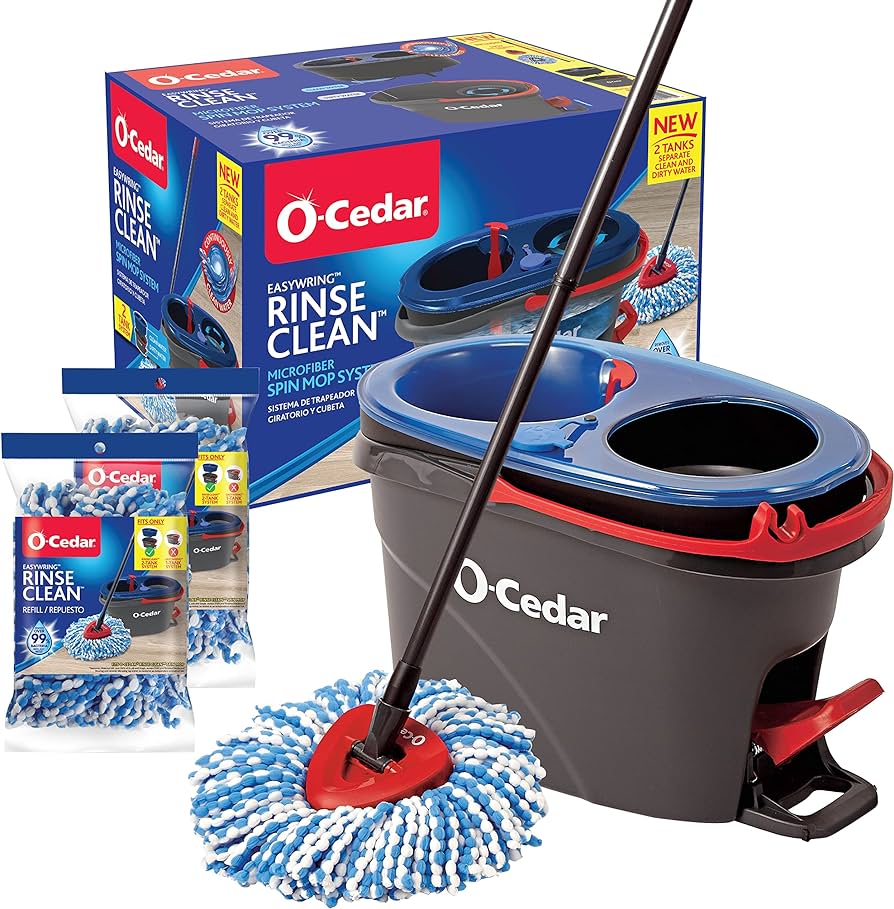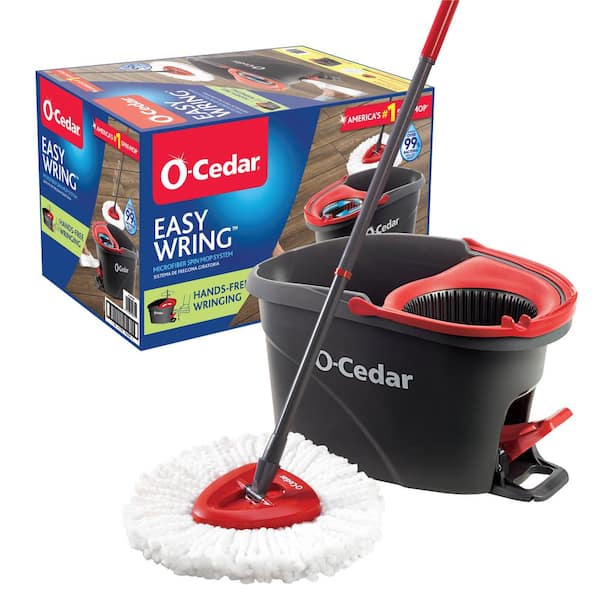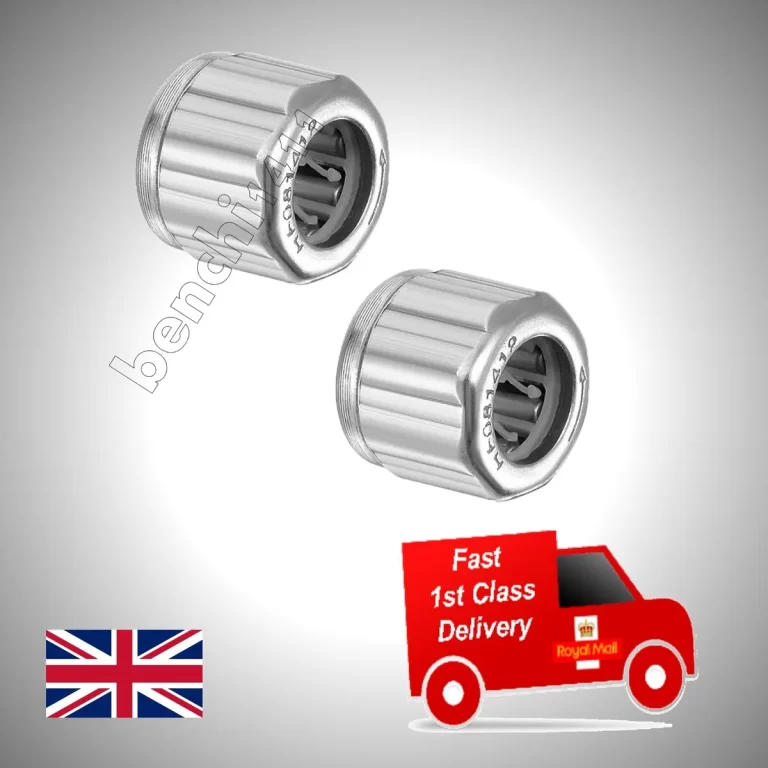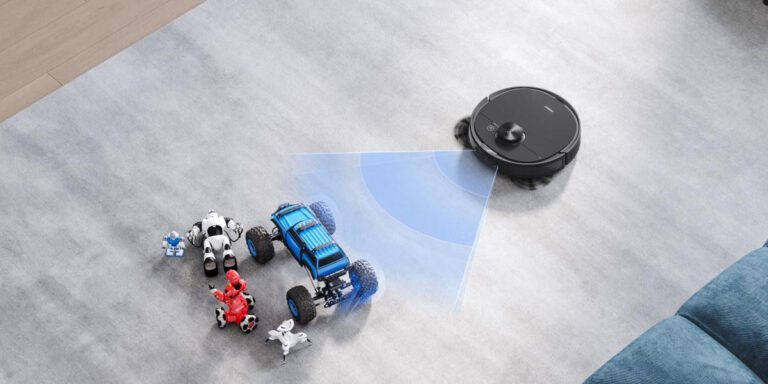How to Clean a Dirty Mop Bucket | Effortless Techniques

To clean a dirty mop bucket, first empty and rinse it with hot water. Scrub it with a mixture of bleach and water, then rinse and let it dry.
Maintaining cleanliness in your cleaning tools is crucial for effective housekeeping. An unclean mop bucket can spread dirt and bacteria, negating your cleaning efforts. Regular cleaning of the mop bucket ensures a hygienic environment and enhances the performance of your mopping.
It’s a simple task that shouldn’t be overlooked as it contributes to the overall cleanliness of your home or workplace. Tackling the dirt and grime that accumulates in a mop bucket is straightforward, and doing so prevents cross-contamination. Ignoring the build-up in your mop bucket could lead to the spreading of unpleasant odors and potentially harmful bacteria. Stay on top of your cleaning routine by giving your mop bucket the attention it deserves.
Introduction To Mop Bucket Maintenance
Maintaining a clean mop bucket is crucial for effective home cleaning. Dirt, grime, and bacteria can easily thrive in dirty mop buckets. These unwanted guests may spread across your floors during cleaning. Regularly cleansing the bucket ensures a healthy and hygienic environment.
Leaving mop buckets unwashed can lead to odors and mold. The buildup of grime may reduce the overall cleaning efficiency. Also, dirty mop buckets could lead to cross-contamination. This makes your home not as fresh as it should be.
| Consequences | Effects |
|---|---|
| Bad odors | Unpleasant environment |
| Mold growth | Health concerns |
| Grime buildup | Reduced cleaning efficiency |
| Cross-contamination | Spreading dirt and bacteria |
:max_bytes(150000):strip_icc()/rsp-detail-o-cedar-easywring-spin-mop-and-bucket-system-hwortock-015-1-1-0b642d5563d3477b9eb519d975efad3c.jpeg)
Credit: www.realsimple.com
Pre-cleaning Preparations
Before tackling a dirty mop bucket, ensure you have the right cleaning supplies. Gloves and goggles are a must to protect your hands and eyes. Gather a scrub brush, disinfectant, hot water, and a trash bag. It’s vital to keep your space ventilated; open windows or use a fan. Working in a well-aired area prevents inhaling strong fumes. Safety is the priority, so equip yourself with the necessary protection gear before starting.
Emptying And Rinsing
Dirty mop buckets can be a hassle to clean. First, make sure to empty the dirty water into a sink, toilet, or outdoor drain. Always respect local regulations for disposing dirty mop water. Never pour it onto the ground or into storm drains.
Once emptied, fill the bucket with clean, hot water. Swish it around to loosen and remove debris. Pour this water out into an appropriate drain. Repeat if necessary until the water runs clear. Clean mop buckets help in maintaining a hygienic environment.
Applying Cleaning Solutions
Cleaning a dirty mop bucket requires the proper cleaners. Opt for multi-purpose disinfectants or a mixture of hot water and bleach. Make sure these cleaners are safe for your bucket’s material. Use gloves to protect your hands.
Apply the chosen cleaner inside the bucket. Scrub with a stiff-bristled brush to break down grime. Reach into corners for thorough cleansing. Let the solution sit for a few minutes to kill germs. Rinse well with clean water.
Scrubbing And Disinfecting
Scrubbing your mop bucket is crucial for maintaining a clean home. Begin by emptying any remaining water or debris. Use hot soapy water, pouring it into the bucket. Next, take a sturdy scrub brush to work on the interior surfaces. Move the brush in circular motions, ensuring you reach corners and ridges. It is vital to clean both the inside and outside of the bucket to eliminate dirt and grime.
Once scrubbed, rinse the bucket with clean water. Now, let’s focus on disinfecting. You can make a disinfectant solution by mixing household bleach with water. Follow the instructions on the bleach’s label for the correct proportions. Saturate the entire bucket with this solution, and let it sit for at least five minutes. Rinse again with water and dry the bucket thoroughly before its next use. These steps help prevent the spread of germs.

Credit: www.amazon.com
Rinsing And Drying
Thorough rinsing of your mop bucket is crucial after cleaning. Begin by emptying the dirty water. Rinse the bucket with hot water. Use a sponge or scrub to remove any grime. Repeat this step several times to ensure no cleaner or dirt remains.
For proper drying to prevent mildew, leave the bucket turned over. Do this in a well-ventilated area or under direct sunlight. Allowing air to circulate inside the bucket speeds up the drying process. Check the bucket is completely dry before storing it away.
Long-term Mop Bucket Care
Maintain your mop bucket by setting a regular cleaning schedule. Clean it after each use to avoid grime buildup. Use warm, soapy water and a scrub brush to wash the interior thoroughly. Rinse it well with clean water. Make sure the mop bucket is completely dry before storing to prevent mildew.
For proper storage, keep the mop bucket in a dry, cool place. Avoid places with direct sunlight or extreme temperatures. This helps to extend the life of your mop bucket. Ensuring your bucket is stored upright avoids water accumulation. Hang mops above the bucket to allow air circulation and faster drying.
Troubleshooting Common Issues
Stubborn stains on mop buckets can be frustrating. To tackle these, mix hot water with a cleaning solution. Soak the mop bucket for 15-20 minutes before scrubbing. For tougher stains, use a mixture of baking soda and vinegar, and let it sit for 30 minutes. Use a brush to scrub the stains away effectively.
Odors in mop buckets are a common issue. Regular cleaning is key to prevent smells. After each use, rinse the bucket with hot water. A solution of bleach and water can help in eliminating odors. Always dry the bucket properly after washing to keep odors at bay. It’s advisable to store the bucket in a well-ventilated area.
Eco-friendly Alternatives
Maintaining your mop bucket is key to effective cleaning. Using natural cleaning agents can keep the chore eco-friendly. Baking soda and vinegar work wonders for eliminating grime.
Distilled white vinegar is excellent against stubborn stains. Combine with hot water for a deeper clean. Lemon juice adds a fresh scent and has natural antibacterial properties. It’s safe for the environment too.
Regular maintenance reduces the need for harsh chemicals. It also extends the life of your mop bucket. Your cleaning routine can stay green while keeping your bucket spotless.
:strip_icc()/bhg-detail-o-cedar-easywring-rinseclean-spin-mop-and-bucket-system-hwortock-016-1-9302eca8de87477a845843a79c4ae0d2.jpeg)
Credit: www.bhg.com
Conclusion
Cleaning your mop bucket is essential for effective cleaning and hygiene. Follow these straightforward steps to tackle grime and maintain a pristine bucket. Keeping your tools clean ensures a healthier environment. Embrace these tips, and say goodbye to dirty mop buckets for good.



